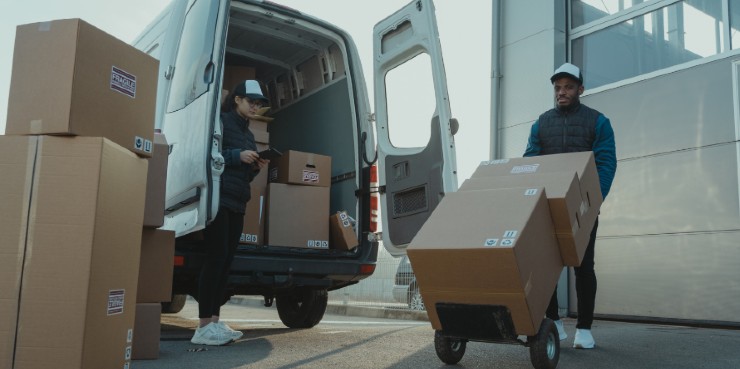As 2024 comes to a close, many retailers are gearing up to make it through the busy holiday season and start a new year off fresh. But while the majority may think they’re ready to take 2025 head on, a new study has found otherwise.
Based on a survey of 1,000 U.S. supply chain managers, the Supply Chain Integrity Outlook 2025 by Impinj research report reveals a data accuracy gap that leaves retailers struggling to find the level of insights, visibility and accuracy required to drive confidence in their supply chain and respond quickly to market changes.
While the majority (91%) of supply chain managers believe they are equipped to drive accurate supply chain visibility, the reality is that only a third (33%) consistently obtain accurate, real-time inventory data, according to the survey. The report’s findings show how the supply chain data accuracy gap hinders supply chain managers’ ability to address key challenges, including:
- Counterfeit goods
- Shrink and theft
- Misload and delivery errors
- Meeting sustainability requirements
- Effectively implementing AI within their organization’s supply chain
The report goes into a lot more detail, but Specialty Retailer breaks down all of the important factors for retailers to keep in mind as we head into 2025 below.

Combating Counterfeit Goods in the Supply Chain
Counterfeit goods have always been a pain point for retailers. Especially in the supply chain when numerous people have access to products, extra measures need to be taken to ensure an authentic item doesn’t get swapped for a fake one.
According to the report, 65% of managers agree it’s a challenge for their organization to reduce the amount of counterfeit goods entering the supply chain. Almost all (98%) of retail supply managers are taking measures to combat counterfeiting, including:
- Implementing new technologies for authentication of goods in transit (44%)
- General goods verification (42%)
- Introducing more authentication checkpoints (40%)
“If we think about the supply chain especially, going from a brand to the retailer out to the store, a product is touched by many different people, so reducing the opportunity to remove items is a big measure,” says Ashley Burkle, head of Retail Solutions at Impinj.
Reducing Shrink and Theft
The report found that 60% of supply chain managers surveyed agree that reducing rates of shrink and theft is a challenge for their organization, with an overwhelming majority (99%) investing in measures to mitigate these concerns.
Some measures that retailers are taking to minimize the impact of shrink and theft include:
- Increasing security checkpoints during transit and delivery (48%)
- Implementing new technologies for tracking goods (41%)
The issue of shrink becomes even more pronounced within the food, grocery and restaurant sector, according to the report, where 82% of supply chain managers report challenges reducing shrink.
“In the food industry, spoilage and waste are more of a contributing factor to shrinkage compared to other categories in retail,” Burkle mentions. “The good news is that RAIN RFID can certainly support this, and we’re already seeing opportunities in reducing shrink in that aspect.”
RAIN RFID technology can help reduce shrinkage in the food industry by tracking goods and making sure any food is moved through the process and at the right cadence.

Reducing Misloads and Delivery Errors
According to the report, 74% of surveyed supply chain managers within transportation and logistics firms are concerned about growing volumes of Load Planning Problems (LPPs), misloads and delivery errors impacting their organization.
Survey respondents revealed that the largest volume of errors is most likely to occur because of delivery and last mile misloads (24%) and label inaccuracies (22%). Almost half (48%) of transportation and logistics firms plan to invest in improving shipment accuracy and reducing delivery errors as a critical part of their sustainability efforts.
The Future of the Supply Chain
The main point of the report is this: retail managers are not as prepared as they would like to be and being prepared has proven to be a challenge. As we look to 2025 and the years ahead, it’s important for retailers to utilize the right technology to make sure they are prepared.
“What we’re going to see in 2025 from a supply chain perspective is a lot of investment in both efficiency and speed as well as understanding data” predicts Burkle. “We led the report talking about data because we know that it is absolutely the foundation of a successful supply chain. Technology can help retailers gain those insights they need.”






